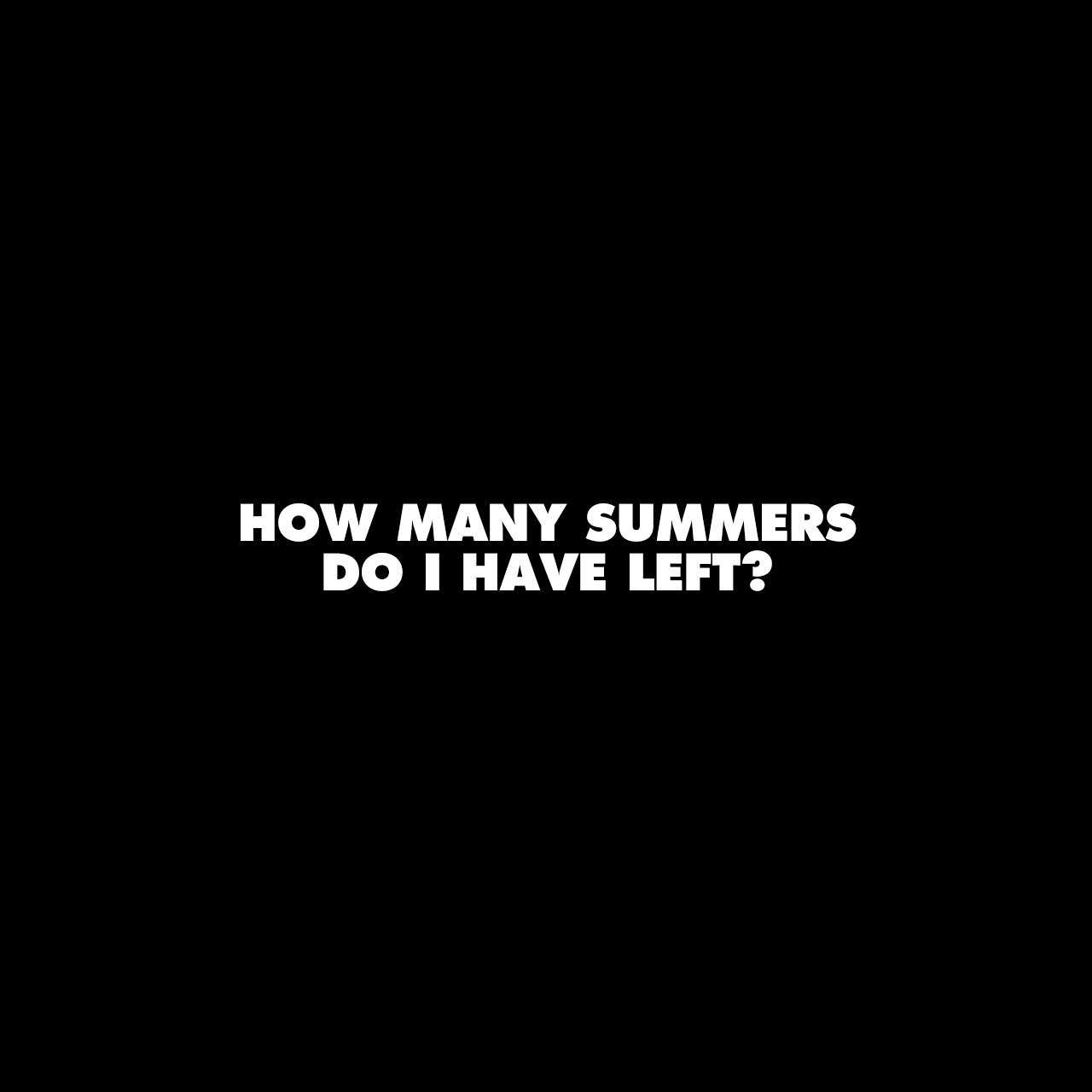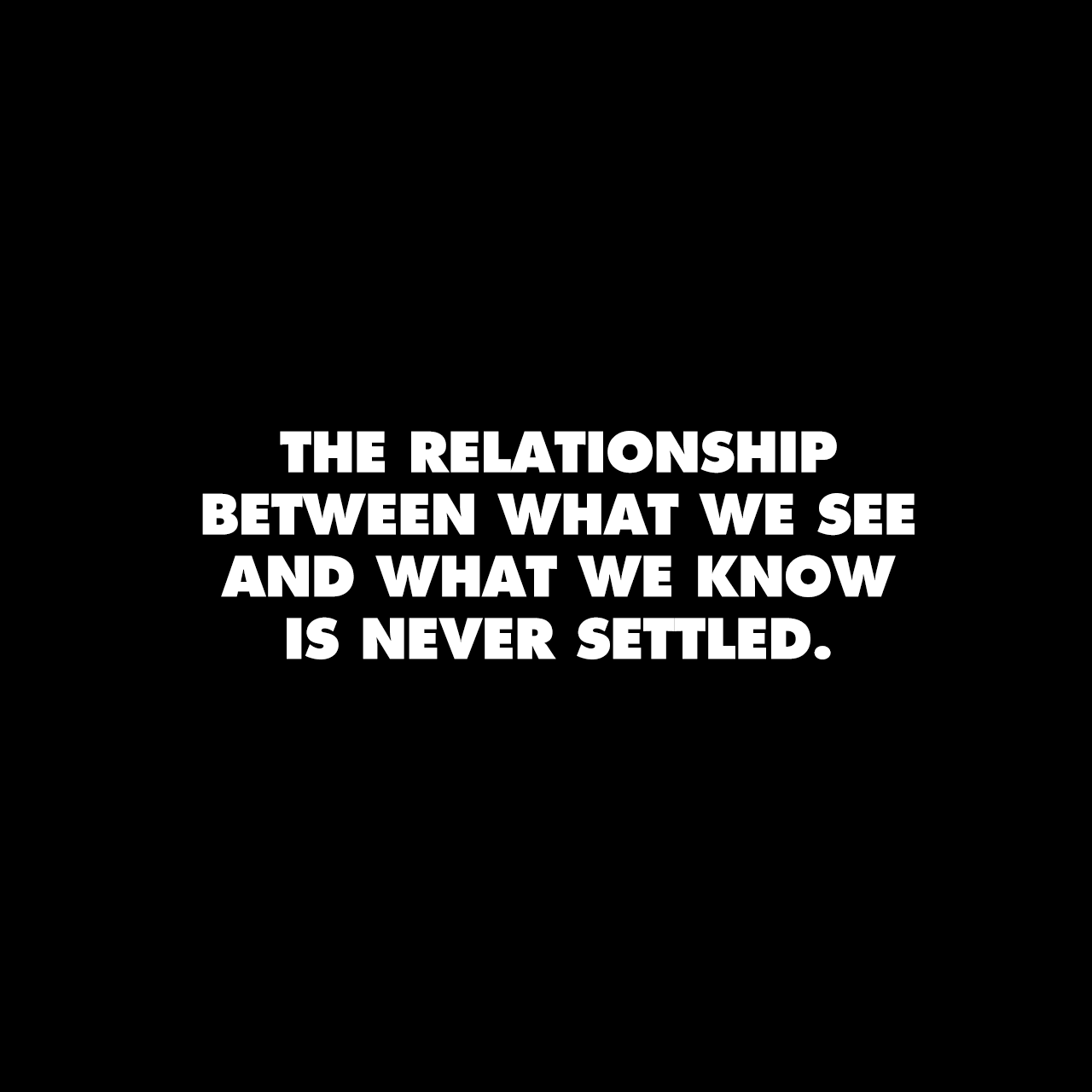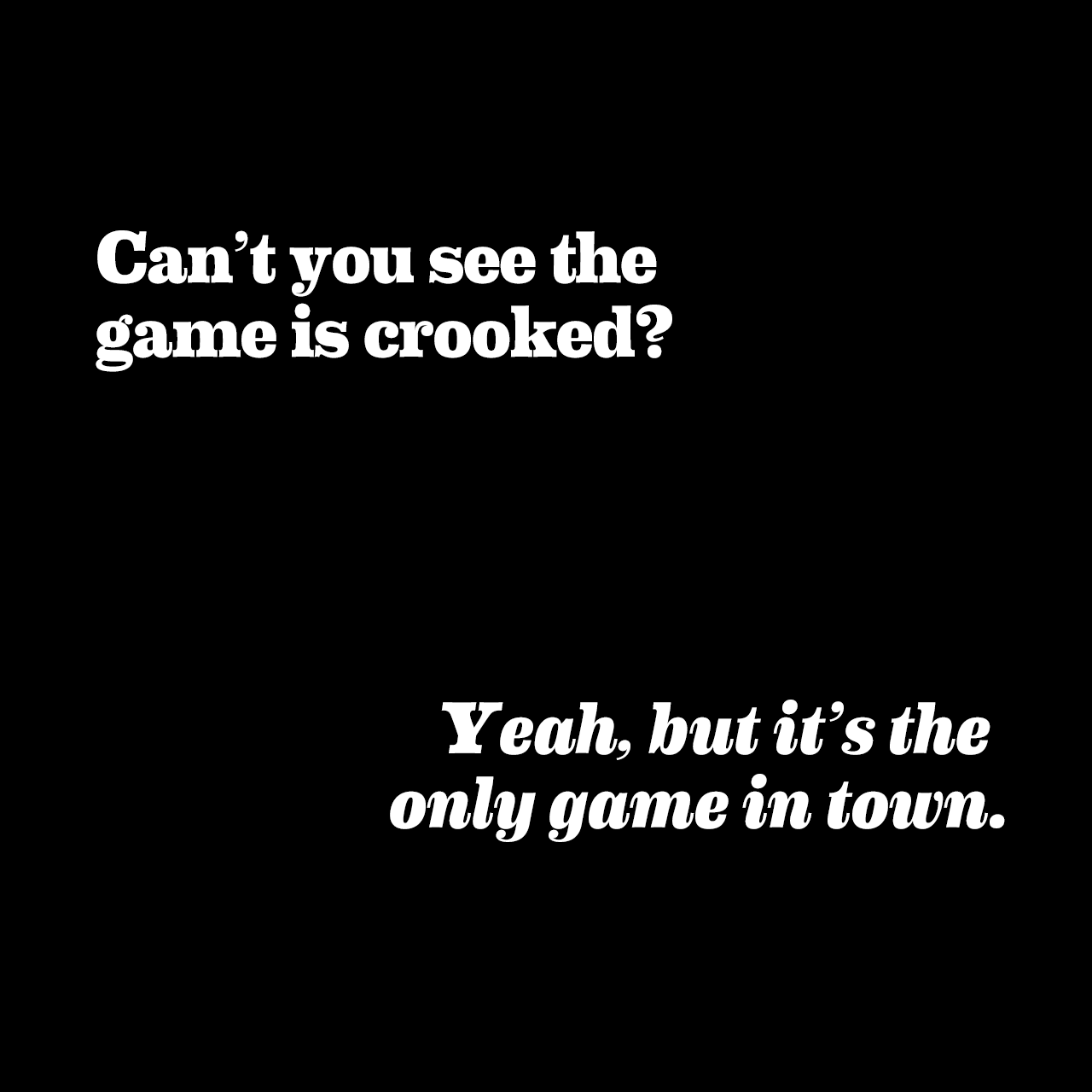Learning to Learn
Learning to Learn: You, Too, Can Rewire Your Brain:
Dr. Oakley is not the only person teaching students how to use tools drawn from neuroscience to enhance learning. But her popularity is a testament to her skill at presenting the material, and also to the course’s message of hope. Many of her online students are 25 to 44 years old, likely to be facing career changes in an unforgiving economy and seeking better ways to climb new learning curves.
Dr. Oakley’s lessons are rich in metaphor, which she knows helps get complex ideas across. The practice is rooted in the theory of neural reuse, which states that metaphors use the same neural circuits in the brain as the underlying concept does, so the metaphor brings difficult concepts “more rapidly on board,” as she puts it.
I live by metaphors. Metaphors are not only one of the best ways at conveying complex ideas, but sometimes they’re the only way.
Richard Feynman famously thought if you couldn’t explain it simply, then you didn’t understand it. Metaphors, analogies, and similies are the primary devices for this complex-to-simple idea conversion.
I love Mark Bao’s analogy for analogies:
Analogies are like lossy compression for complex ideas
I went down an even deeper rabbit hole a few years ago when I read ‘I is An Other’ and learned individual words themselves are metaphors for other things.






